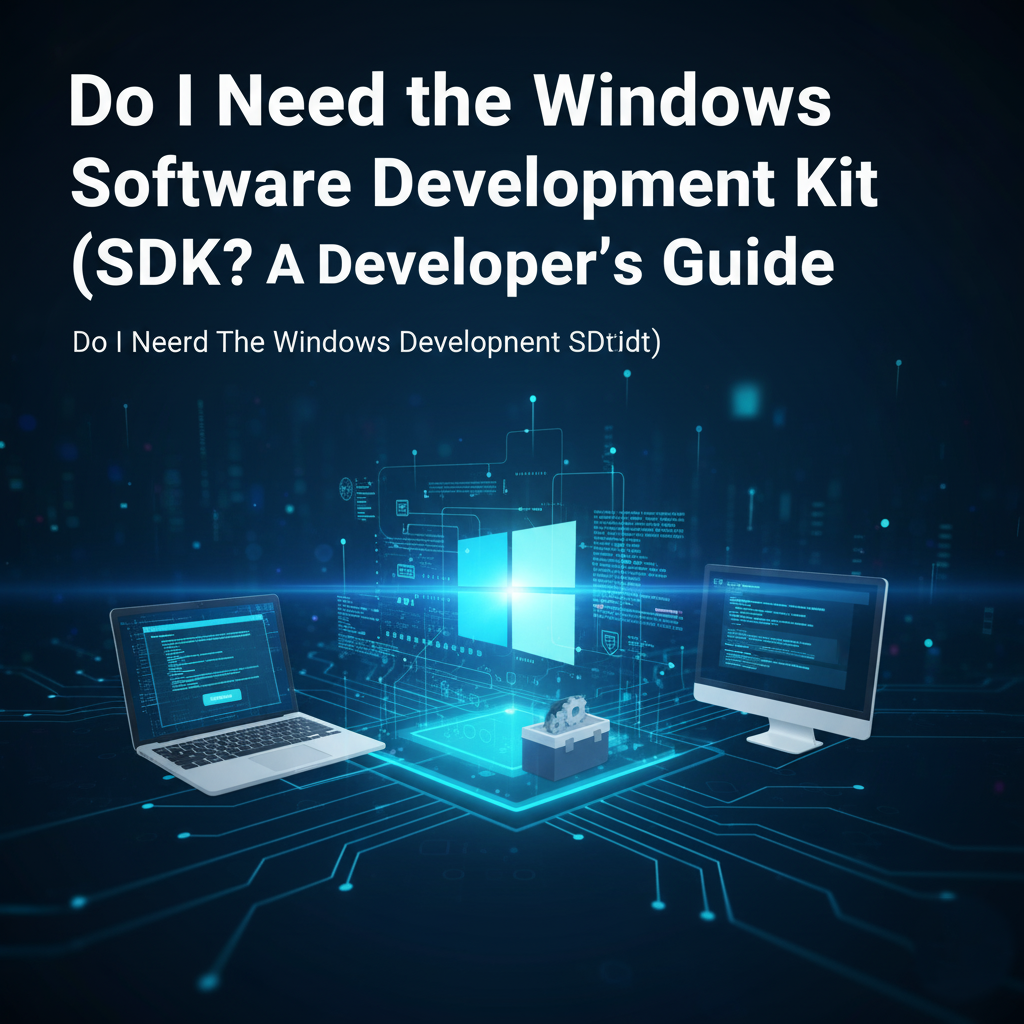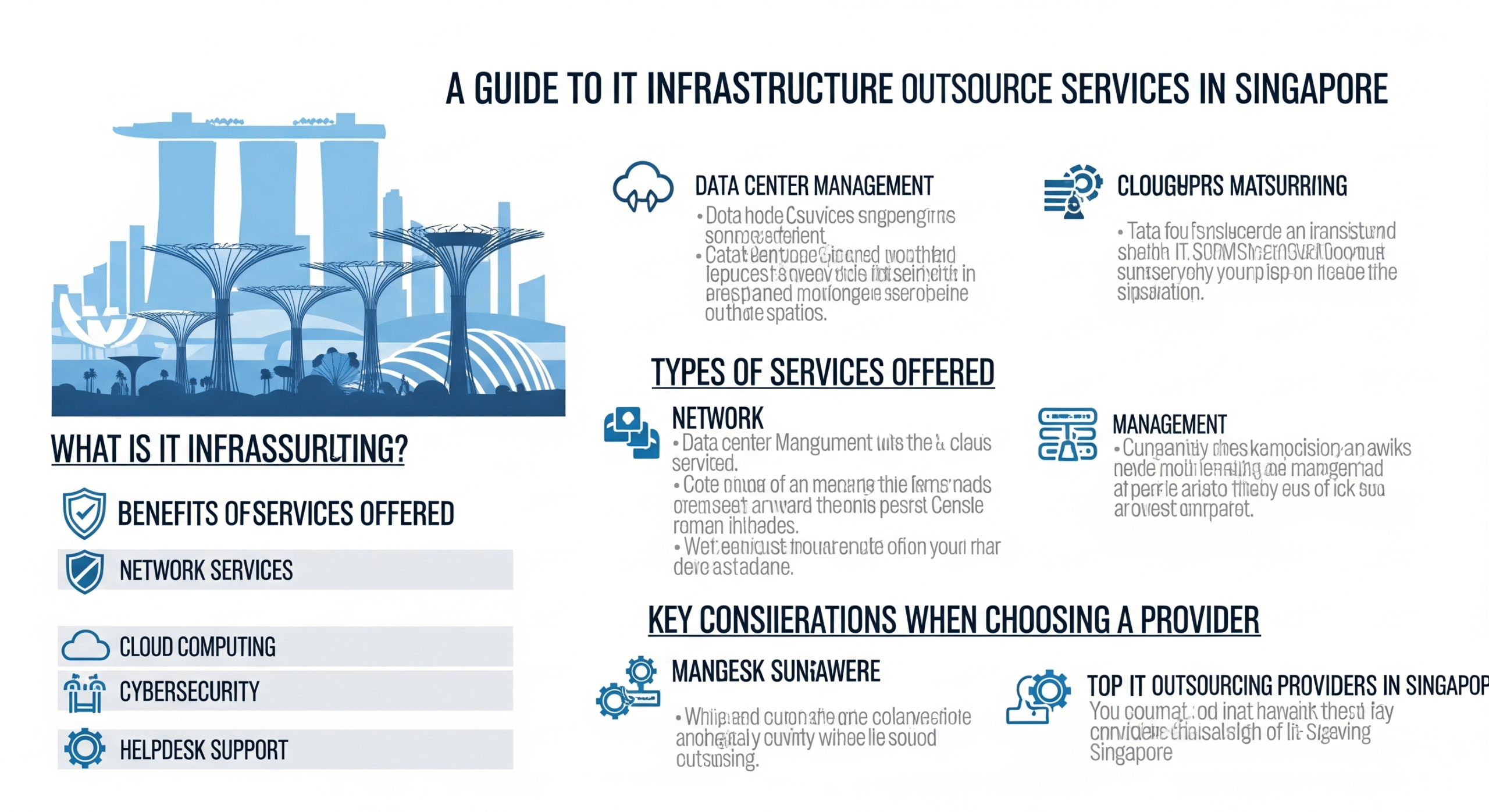You’ve found the perfect developer or agency. The project scope is outlined, the excitement is building, and you’re ready to start coding. But in this moment of optimism, a critical step is often rushed or overlooked: the software development agreement.
Skipping a solid contract is like building a house on sand. It invites risks like scope creep, missed deadlines, budget overruns, and painful disputes over who owns the final code. A comprehensive agreement isn’t about distrust; it’s the foundation of a successful, professional partnership.
This guide will walk you through the essential clauses of a standard software development agreement and provide you with a free, downloadable template to get you started.
Important Disclaimer: This article and the provided example are for informational purposes only and do not constitute legal advice. You must consult with a qualified attorney to draft a contract that meets your specific needs and complies with local laws.
What is a Software Development Agreement?
A software development agreement is a legally binding contract between a client (you) and a developer or development agency. It meticulously outlines the terms, responsibilities, expectations, and protections for both parties throughout the software project lifecycle. It’s your single source of truth, ensuring everyone is aligned from day one.
Deconstructing The Agreement: 10 Key Clauses You Must Include
A strong contract is built on clear, specific clauses. Here’s what you need to include and why.
1. Parties Involved & Project Scope
This section clearly identifies the “Client” and the “Developer.” The most crucial part here is the Project Scope. This is a high-level description of the project’s goals and features. For detailed specifics, you should attach a Statement of Work (SOW) as an appendix. The SOW is where you list every feature, user story, and technical requirement in detail.
2. Project Deliverables & Timeline
What exactly will the developer deliver, and when? This clause moves from the “what” to the “when.” List all tangible deliverables:
- Complete source code
- Compiled application
- Architecture documentation
- User manuals
Define the project timeline with key milestones (e.g., “Completion of UI/UX Design,” “Alpha Version Delivery,” “Final Testing Phase”).
3. Payment Terms & Schedule
Money matters need absolute clarity. Specify:
- Pricing Model: Is it a Fixed Price (set cost for the entire scope) or Time & Materials (paying for hours worked and materials used)?
- Payment Schedule: Outline the trigger for each payment (e.g., 25% upfront, 50% upon completion of beta version, 25% upon final delivery and acceptance).
- Invoicing Details: State payment methods, invoice due dates, and any late fees.
4. Intellectual Property (IP) Rights
This is arguably the most critical clause. You are paying for the software; you should own it. This clause must explicitly state that upon receipt of final payment, all intellectual property rights to the custom-developed software are assigned to the client.
It should also address any pre-existing code, libraries, or open-source software (OSS) the developer will use, clarifying that these remain their property or are governed by their respective licenses.
5. Confidentiality
Both parties will likely share sensitive information. A confidentiality (or NDA) clause legally binds both sides to keep this information secret and not use it for any purpose outside the project.
6. Change Request Process
Scope change is inevitable. A formal change request process prevents “scope creep” from derailing your project and budget. This clause should state that any change to the initial SOW must be requested in writing, evaluated by the developer for time/cost impact, and formally approved by both parties before work begins.
7. Warranties & Maintenance
What happens after launch? This clause provides a warranty period (e.g., 60 days) where the developer will fix any bugs or defects that appear at no extra cost. It defines what constitutes a “bug” versus a “new feature request.” You can also outline options for ongoing maintenance and support after the warranty expires.
8. Termination Clause
Under what conditions can either party walk away? This clause outlines the terms for termination, such as a material breach of contract, chronic missed deadlines, or non-payment. It also details what happens upon termination—what code is delivered, what payments are owed for work completed, and how the transition will be handled.
9. Limitation of Liability
This is a standard legal protection that caps the developer’s total financial liability to the client, often to the amount of the total contract fee. It protects the developer from catastrophic, disproportionate lawsuits.
10. Governing Law & Dispute Resolution
This specifies which state or country’s laws will govern the contract. It’s also wise to include a preference for resolving disputes through mediation or arbitration before escalating to costly litigation.
Get Your Free Software Development Agreement Template
- Customize It: Use the template as a foundation. Fill in the bracketed
[ ]information and tailor the language to your specific project. - Review Together: Sit down with your developer (or client) and review every clause together. This ensures mutual understanding and prevents future disagreements.
- Consult a Lawyer: For any significant project, invest in a legal consultation. A lawyer can review your customized agreement, ensure it’s ironclad, and protect your specific interests. It’s some of the best money you’ll spend on your project.
Frequently Asked Questions (FAQ)
Q: What’s the difference between the contract and a Statement of Work (SOW)?
A: The master agreement (the contract) outlines the legal and business terms—payment, IP, confidentiality, etc. The SOW is a separate, technical document that details the specific tasks, deliverables, and timeline for a single project. You can have one master agreement governing multiple SOWs.
Q: Who owns the source code in a software development agreement?
A: The client does, but only if the contract explicitly says so. Never assume ownership. The agreement must have a clause that assigns all rights, title, and interest in the custom-developed code to the client upon final payment.
Q: Can I use a generic service contract for a software project?
A: It is highly discouraged. Software development involves unique elements like source code ownership, escrow, acceptance testing, and the use of open-source libraries that generic contracts do not adequately address.
Conclusion: Build on a Foundation of Clarity
A well-drafted software development agreement is not a document of doubt; it’s a tool of professionalism and clarity. It aligns visions, manages expectations, and protects both the client’s investment and the developer’s work. By taking the time to get this right, you pave the way for a smoother, more successful, and less stressful development journey.




